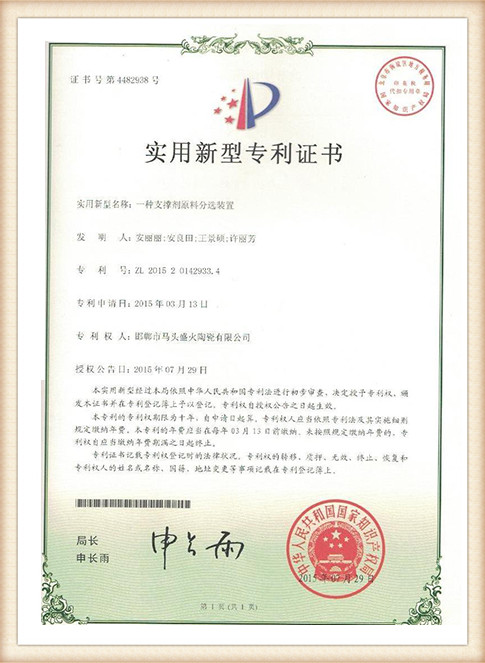The Importance of Foundry Sand Testing in Metal Casting
The metal casting industry is a cornerstone of modern manufacturing, producing a wide range of components used in vehicles, machinery, and various equipment. One of the most critical aspects of this process is foundry sand, which serves as the mold material in which molten metal is poured. The quality and performance of foundry sand can significantly influence the final product's integrity and properties. Therefore, foundry sand testing is essential to ensure optimal casting results.
Foundry sand typically consists of silica sand, resin, and various additives. It is crucial for the sand to possess specific characteristics such as grain size, shape, and moisture content to create molds that can withstand the heat and pressure of molten metal. Additionally, the ability of the sand to retain its shape and resist deformation during the pouring process is vital. To maintain high standards and prevent defects in castings, foundries routinely conduct various tests on their sand.
One of the primary tests is the grain size analysis. This test determines the distribution of particle sizes in the sand mixture. Sand that is too coarse may lead to poor mold finishes and increased likelihood of casting defects, such as dimensional inaccuracies. In contrast, sand that is too fine can create issues such as increased gas entrapment, which can lead to defects like pinholes in the castings. Therefore, achieving the right balance through grain size analysis is crucial.
foundry sand testing

Another essential test is the moisture content measurement. Proper moisture levels are necessary to facilitate the chemical bonding of the sand and resin mixture and to ensure adequate mold strength. If the moisture content is too high, it can lead to steam generation during the pouring of molten metal, causing unsafe conditions and defects. Conversely, insufficient moisture can result in weak molds that may collapse under pressure. Regular testing for moisture content helps foundries adjust their sand mixtures accordingly to safeguard against these issues.
Furthermore, testing for the chemical composition of foundry sand is vital. Impurities or contaminants can negatively impact the casting process and the quality of the final product. Tests for clay and organic content are often performed, as these components can affect the sand's thermal properties and its ability to form a consistent mold. By analyzing and controlling the chemical makeup of foundry sand, manufacturers can ensure that they are using the highest quality materials, contributing to the production of superior castings.
In addition to these tests, foundries also evaluate the flowability and compactability of the sand mixture. These properties influence how well the sand fills the mold and retains its shape throughout the casting process. Tests can include checking the sand's flow rate and packing density to determine its performance under operational conditions.
In conclusion, foundry sand testing is a critical component of the metal casting process. Through various assessments such as grain size analysis, moisture content measurement, chemical composition testing, and flowability evaluations, foundries can ensure that they are using high-quality sand that meets industry specifications. This testing not only helps in producing high-quality castings but also enhances safety, efficiency, and cost-effectiveness within foundry operations. As the metal casting industry continues to evolve, the emphasis on rigorous sand testing will remain vital in producing reliable and durable metal components.
Post time:10 月 . 11, 2024 02:43
Next:sand 3d
